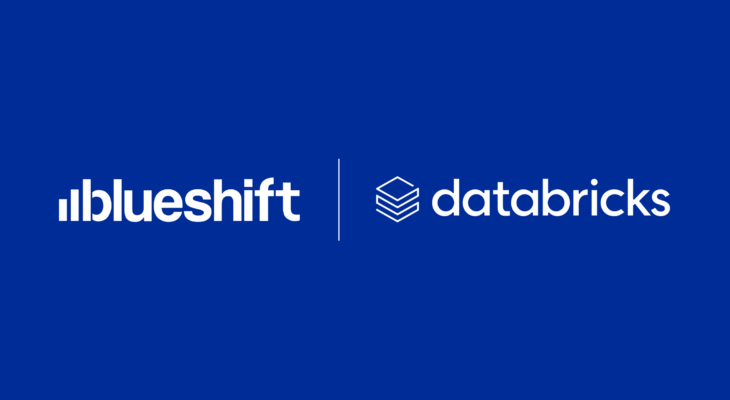Marketers today face the dual challenge of navigating vast amounts of data while striving to deliver personalized experiences that resonate with customers. Additionally, data silos and fragmented customer data can result in decreased productivity for marketers while also overwhelming them with the tedious task of data management. The integration of Databricks with Blueshift not only solves these problems but also offers a suite of capabilities that empower marketers to drive impactful campaigns and achieve their business objectives.
Blueshift already integrates with popular data warehouses like Snowflake, and we’re thrilled to introduce a robust and native integration with Databricks. This strategic partnership combines the strengths of both platforms, enabling marketers to unlock a wealth of customer data while efficiently overcoming data management challenges.



